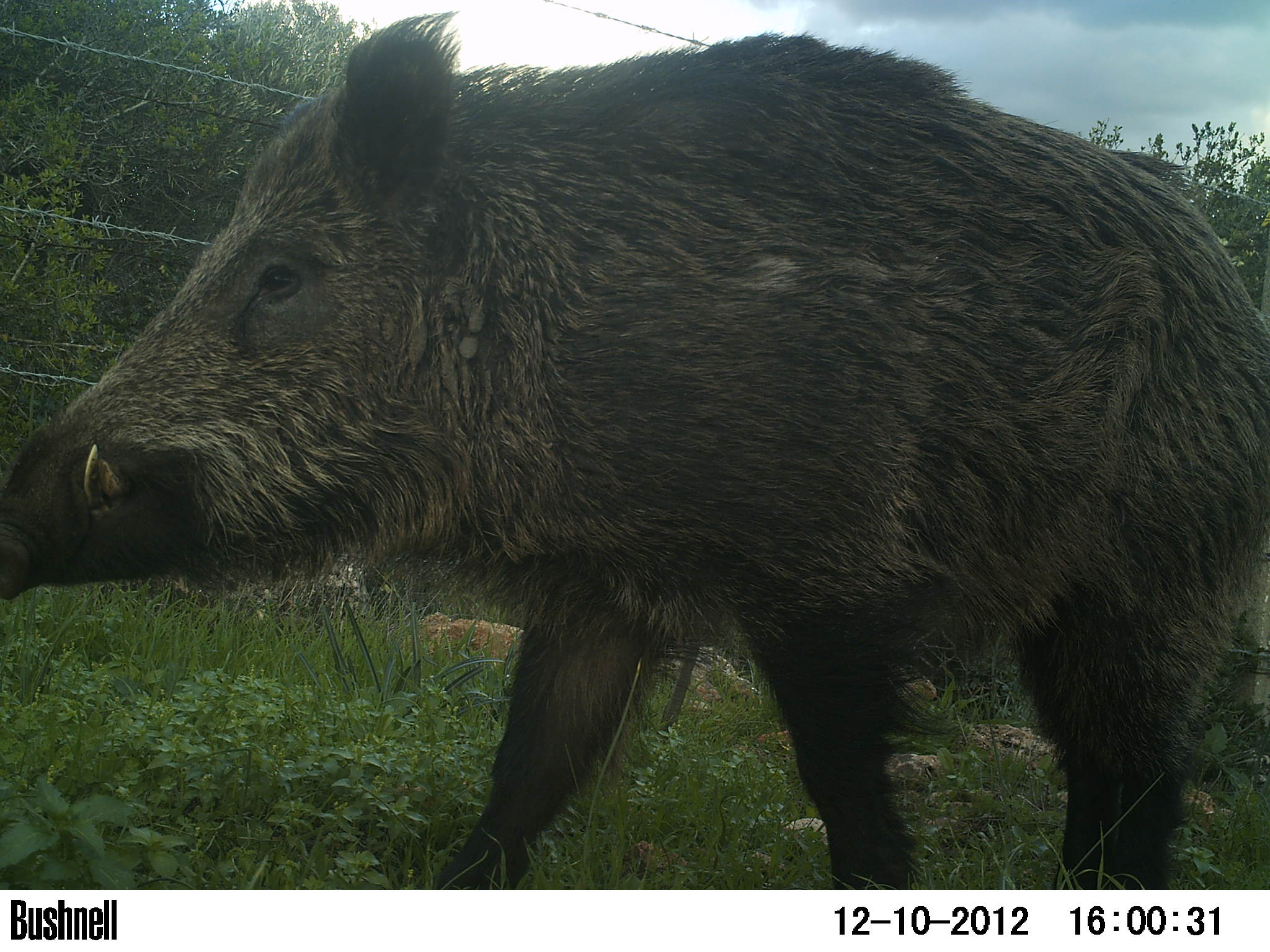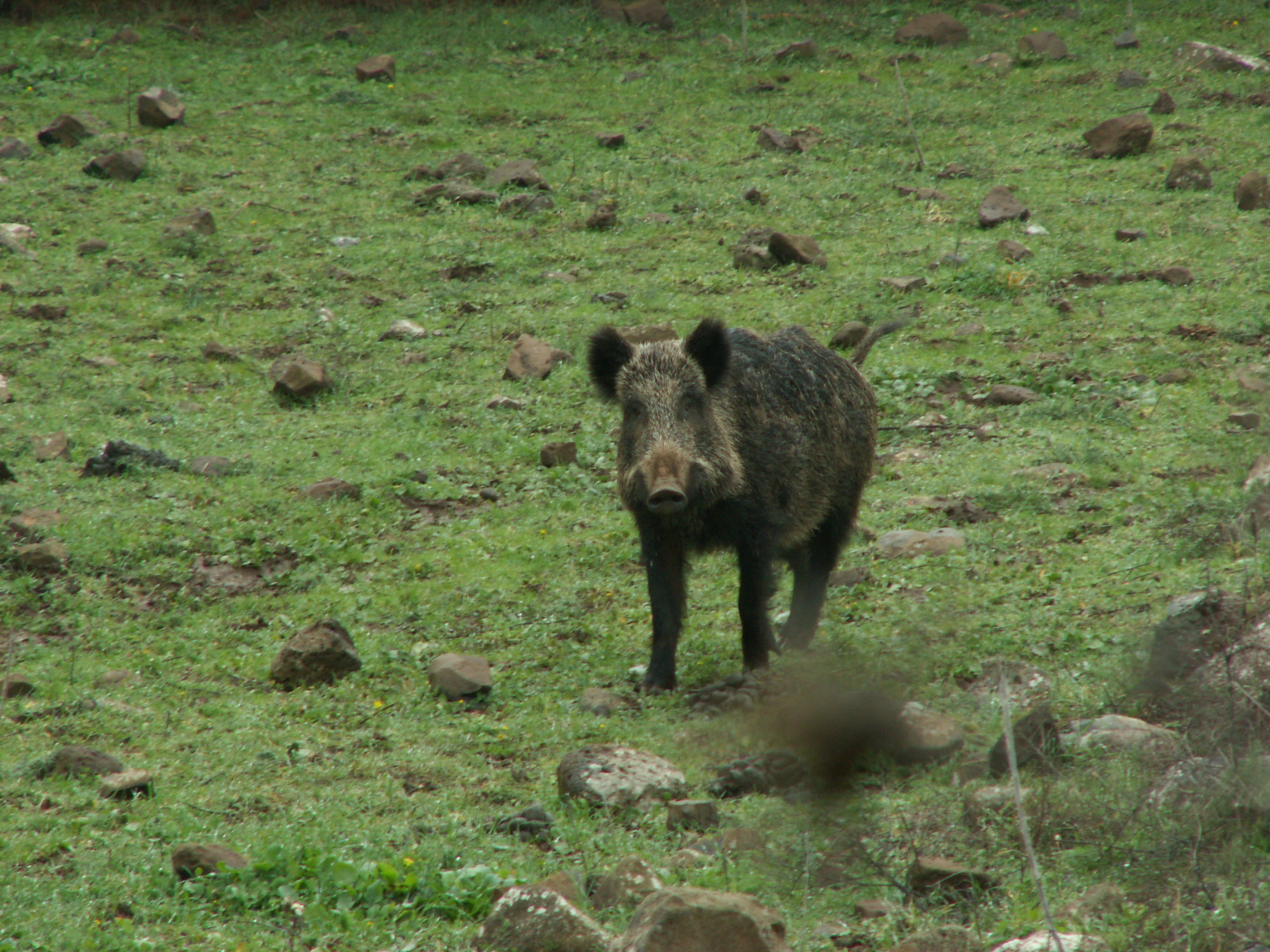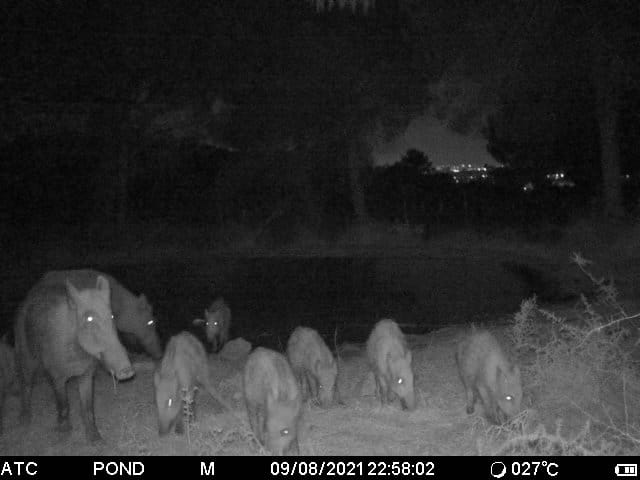The effects of hunting and landscape structure on wild boar behavior, social structure and physiology in urban, agricultural and natural areas in Israel
Achiad Davidson
In recent years, in Israel and in many places in the world, wild boar (Sus scrofa) have expanded their geographical distribution to new areas and their population density has increased, especially near agricultural and urban areas. The increase in the population of wild boars and their expansion into new areas increases the conflicts between wild boars and humans. Hunting is the oldest and most common management action used to control wild boar populations around the world and in Israel.
Recent studies demonstrated that high hunting pressure causes juvenile females to reproduce earlier, resulting in shorter generation periods, leading to higher reproduction rates. This cause and effect may be one of the main reasons for the rapid population growth of wild boar populations.
This study attempts to compare and evaluate the effects of hunting on wild boars’ behavior, social structure, and physiology in four different land uses in the Carmel region in northern Israel: urban areas with and without hunting, agriculture areas with high hunting pressure and nature reserves with no hunting.








